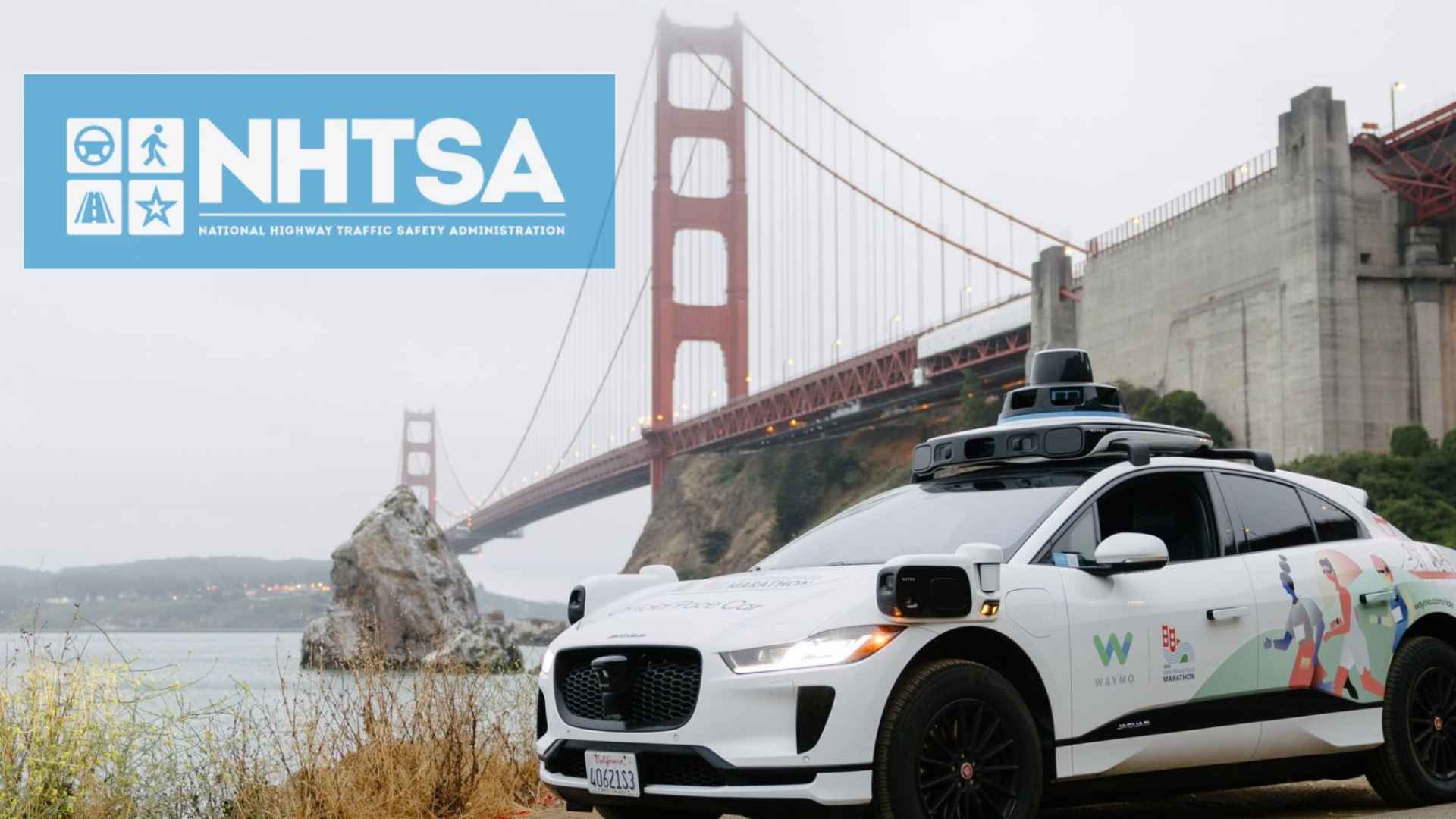The National Highway Traffic Safety Administration (NHTSA) has unveiled a streamlined approval pathway that lets automakers deploy up to 2,500 robotaxis annually with far less paperwork—a move that could finally pry open a market stalled by years of regulatory gridlock.
For millions of would‑be riders and the companies betting billions on driverless tech, the decision means shorter wait times, clearer rules, and a chance to put American firms ahead of fast‑moving Chinese rivals.
NHTSA cuts red tape so automakers can deploy robotaxis without years of waiting
The new framework trims review deadlines, slashes redundant reporting, and tailors safety requirements to vehicles that steer themselves rather than those built around human drivers. Transportation Secretary Sean Duffy called the old regime “a tangle of paperwork that strangled innovation,” and few in Detroit disagree.
Still, the agency insists that performance‑based safety metrics—not handshakes—will decide which fleets reach the street.
What does the streamlined exemption process mean for Tesla, GM, Ford, and newcomers?
Tesla plans to roll out Model Y–based robotaxis this summer, keeping a wheel and pedals to speed certification. General Motors, after withdrawing earlier petitions, now sees a realistic shot at launching fully control‑free shuttles in major cities.
And Ford? After shuttering Argo AI in 2023, it kept tinkering in‑house; the new rules could pull the blue oval back into the spotlight. Smaller startups such as Zoox and Motional are also eyeing the fast track—will they grab the opportunity? Before you invest another dime, look at the numbers:
| Company | Target launch | Initial fleet size | Notable strategy |
|---|---|---|---|
| Tesla | Aug 2025 | 500 vehicles | Retains manual controls for faster scaling |
| GM | Early 2026 | 250 vehicles | No steering wheel, urban focus |
| Ford | Mid‑2026 | 300 vehicles | Mixed human‑robotaxi fleet to ease ramp‑up |
Shorter approval windows shrink capital risk, while real‑world data harvested sooner should accelerate software improvements—a virtuous loop investors love.
Remaining safety, labor, and state oversight challenges could still slow the driverless revolution
Will every state welcome sensor‑laden shuttles? Not yet. Lawmakers must reconcile local rules, unions worry about job displacement, and cybersecurity watchdogs want iron‑clad safeguards. Nevertheless, by clearing the biggest federal hurdle, NHTSA has shifted the conversation from “if” to “when” for hands‑free mobility. So, who’s ready to hail a robotaxi next summer? The countdown has officially begun.

